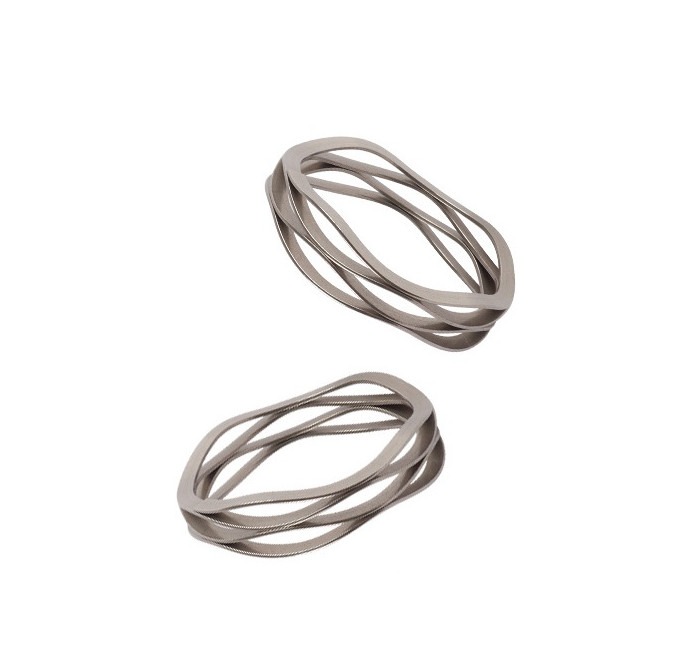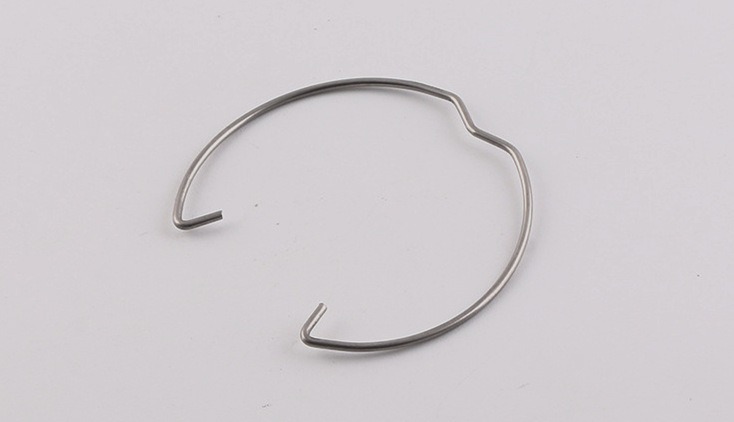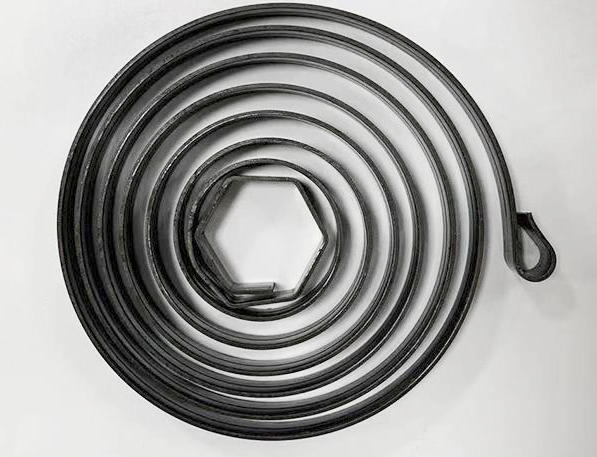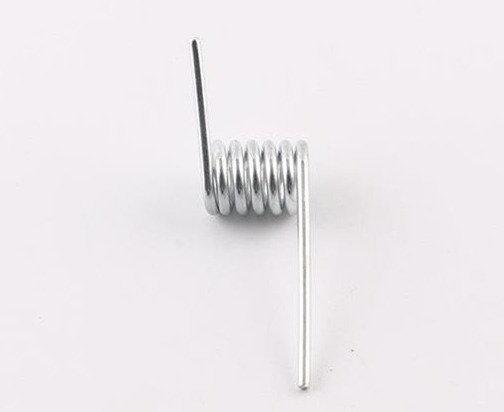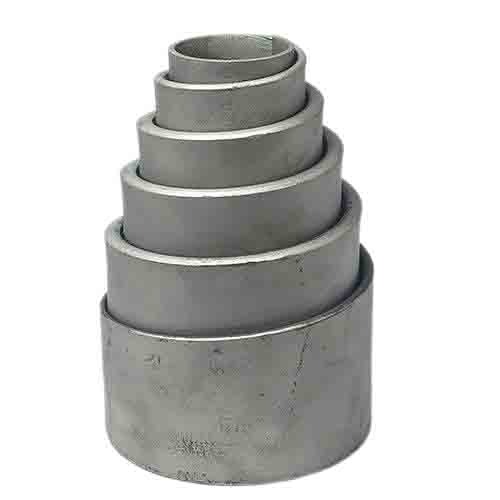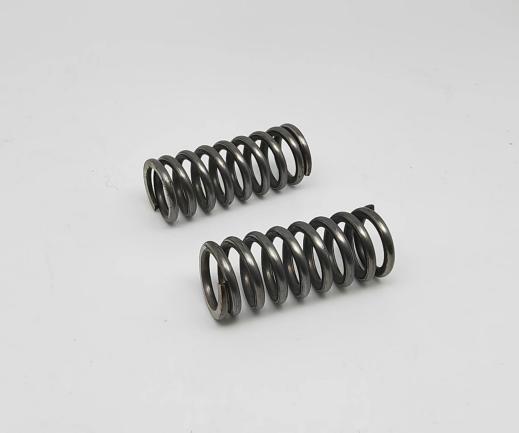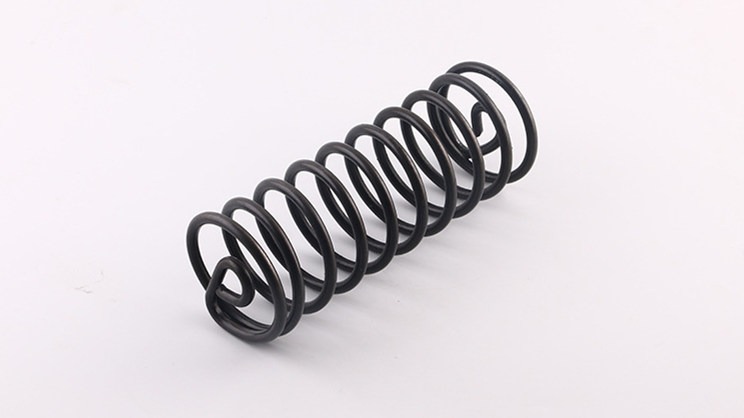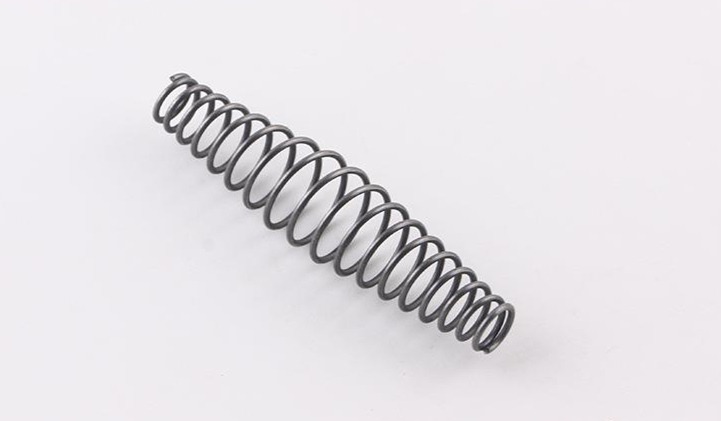A Comparative Analysis of Volute and Conical Springs: Unveiling Their Unique Characteristics and Applications
In the realm of mechanical engineering, springs play a pivotal role in imparting elasticity and energy storage to various systems. Among the diverse array of spring designs, volute and conical springs stand out for their unique geometries and exceptional performance characteristics. This article delves into a comprehensive exploration of these two spring types, examining their distinct features, applications, and comparative advantages.
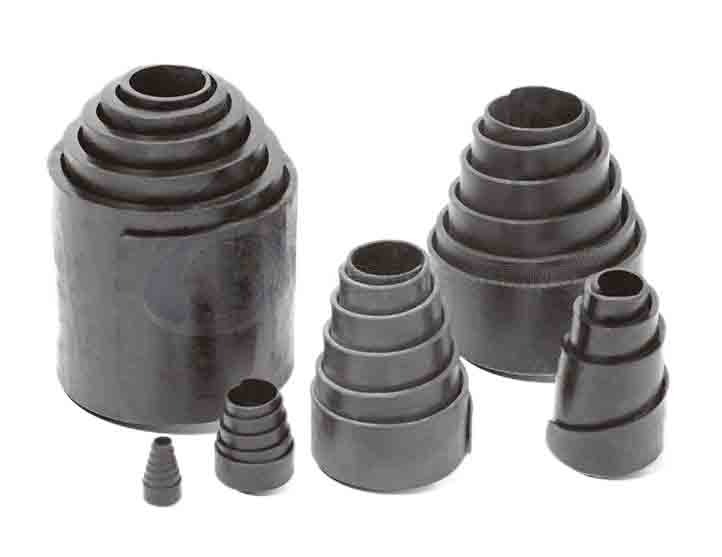
Volute Springs: A Tale of Conical Elegance
Volute springs, also known as conical springs, are a type of compression spring characterized by their conical shape, resembling a spiral staircase. These springs are typically manufactured from high-strength materials such as music wire or stainless steel and are wound in a continuous spiral pattern with a constant pitch. The resulting conical geometry offers several advantages over conventional cylindrical springs.
Characteristics of Volute Springs
The unique shape of volute springs endows them with several distinctive characteristics:
- Progressive Load-Deflection Rate: Unlike cylindrical springs, which exhibit a linear load-deflection relationship, volute springs provide a progressive spring rate. This means that the force required to compress the spring increases as the compression distance increases. This progressive nature is particularly beneficial in applications where a controlled, soft initial load is required, followed by a stiffer response at higher loads.
- Space Efficiency: The conical shape of volute springs allows them to occupy a relatively small footprint compared to cylindrical springs of equivalent load capacity. This makes them ideal for applications where space constraints are a concern.
- High Load Capacity: Volute springs can withstand significant compressive loads due to their optimized geometry and material selection. This makes them suitable for applications that demand high load-bearing capabilities.
Applications of Volute Springs
The unique characteristics of volute springs have led to their widespread adoption in a variety of applications, including:
- Electrical Components: Volute springs are commonly employed in electrical components such as relays, switches, and solenoids, where their progressive load-deflection rate provides precise force control and vibration damping.
- Mechanical Devices: In mechanical devices such as valves, pumps, and shock absorbers, volute springs offer compact, high-load capacity solutions for compression applications.
- Precision Instruments: Volute springs play a crucial role in precision instruments, such as gauges and meters, where their consistent and predictable load-deflection behavior ensures accurate measurements.
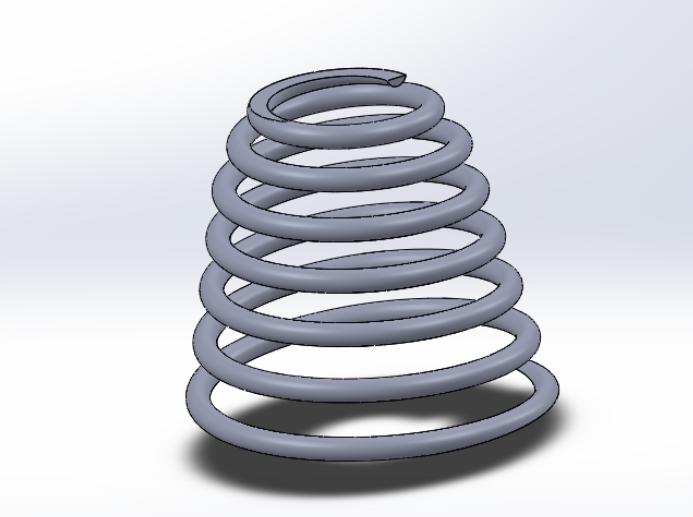
Conical Springs: A Symbol of Precision and Control
Conical springs, often referred to as disc springs or belleville washers, are another type of compression spring characterized by their distinctive disc-shaped form. These springs are typically manufactured from high-strength materials such as spring steel or stainless steel and are designed with a constant thickness and variable diameter. The resulting conical geometry provides exceptional precision and control in compression applications.
Characteristics of Conical Springs
Conical springs possess several unique attributes that set them apart from other spring types:
- High Load Capacity for Small Deflection: Conical springs offer a remarkable ability to withstand significant compressive loads while exhibiting relatively small deflections. This makes them ideal for applications where precise force control is required within limited space constraints.
- Excellent Fatigue Life: Due to their optimized geometry and material selection, conical springs exhibit exceptional fatigue life, making them suitable for applications that demand repeated loading and unloading cycles.
- High Temperature Resistance: Conical springs can withstand high operating temperatures, making them suitable for applications in harsh environments.
Applications of Conical Springs
The unique characteristics of conical springs have led to their widespread adoption in a variety of applications, including:
- Electrical Components: Conical springs are widely used in electrical components such as circuit breakers, fuses, and connectors, where their high load capacity and precision force control ensure reliable electrical connections.
- Mechanical Devices: In mechanical devices such as clutches, brakes, and valves, conical springs provide precise force control and vibration damping, ensuring smooth operation and efficient energy transfer.
- Aerospace Applications: Due to their high strength-to-weight ratio and ability to withstand extreme conditions, conical springs are frequently employed in aerospace applications, including engine components and landing gear systems.
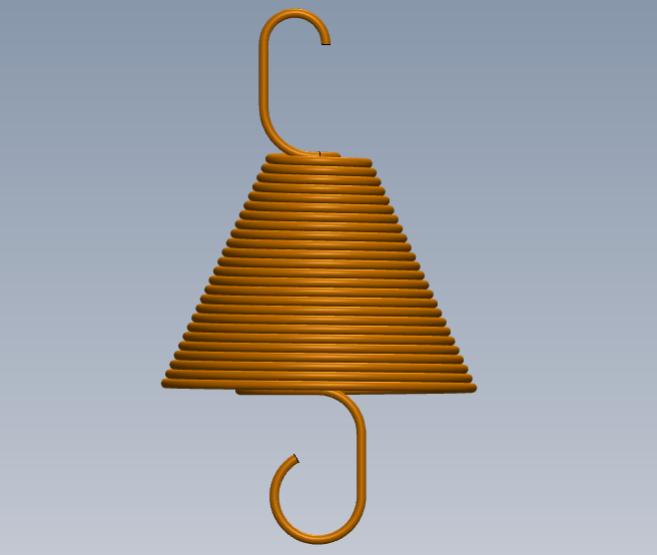
Comparative Analysis: Unveiling the Distinctions
While both volute and conical springs serve as compression springs, they exhibit distinct differences that influence their suitability for specific applications.
Geometry and Load-Deflection Characteristics
Volute springs offer a progressive load-deflection rate, while conical springs provide a relatively linear load-deflection response. This difference stems from their respective geometries. Volute springs’ conical shape leads to a gradual increase in coil diameter as compression occurs, resulting in the progressive load-deflection behavior. In contrast, conical springs’ disc-shaped geometry maintains a constant coil diameter, leading to a more linear load-deflection response.
Load Capacity and Applications
Volute springs are typically designed for higher load capacities compared to conical springs. This difference can be attributed to their respective geometries. Volute springs’ larger coil diameter and progressive load-deflection behavior allow them to withstand greater compressive forces. Conical springs, on the other hand, excel in applications where precise force control and space efficiency are paramount.
Selection Criteria: Choosing the Right Spring
The choice between volute and conical springs depends on the specific requirements of the application. Here’s a summary of key considerations:
- Load Capacity: Volute springs are suitable for higher load applications, while conical springs are ideal for applications demanding precise force control within limited space constraints.
- Load-Deflection Characteristics: If a progressive load-deflection rate is desired, volute springs are the preferred choice. Conical springs offer a more linear load-deflection response.
- Operating Environment: Conical springs offer superior fatigue life and high temperature resistance, making them suitable for harsh environments. Volute springs are generally limited in these aspects.
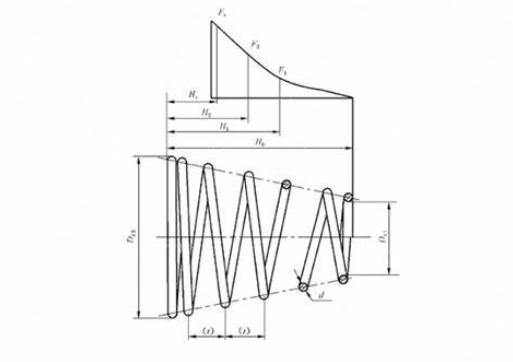
Conclusion
Volute and conical springs represent two distinct yet valuable types of compression springs, each with its own unique characteristics and applications. Their progressive and linear load-deflection behavior, respectively, makes them versatile solutions for a wide range of engineering challenges. Whether it’s the controlled force control of electrical components or the high load capacity of mechanical devices, volute and conical springs continue to play a pivotal role in shaping the world around us.

